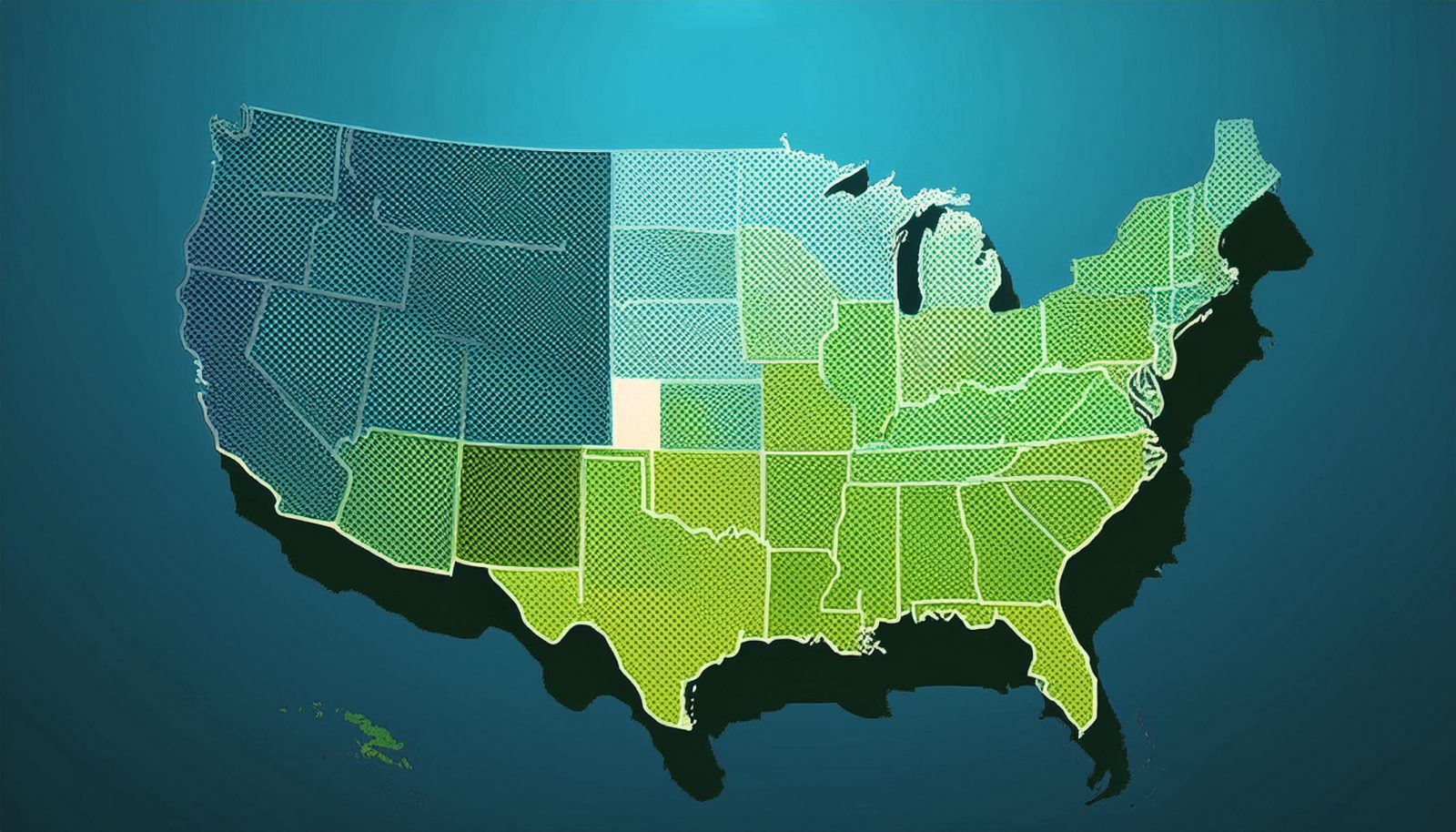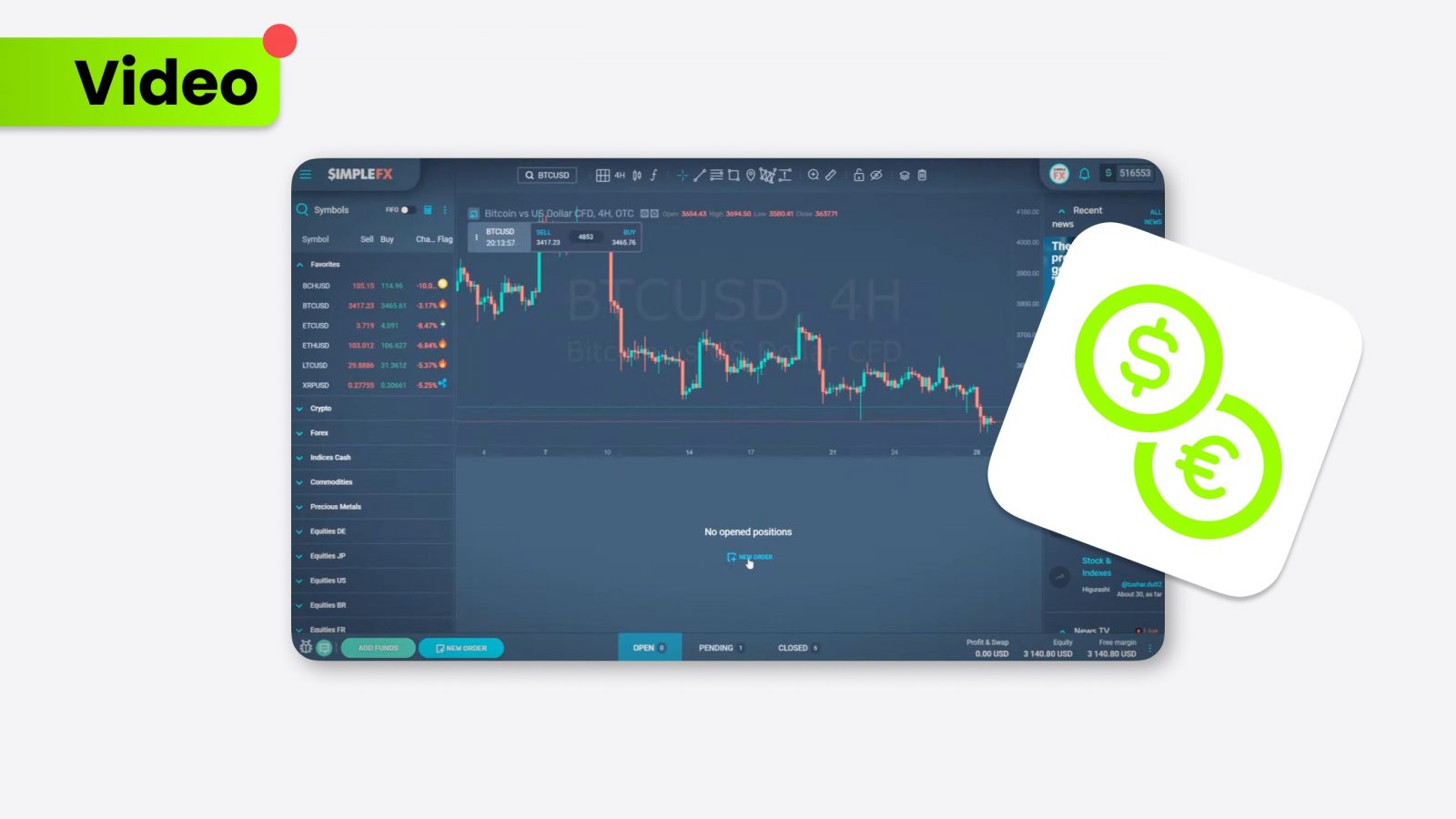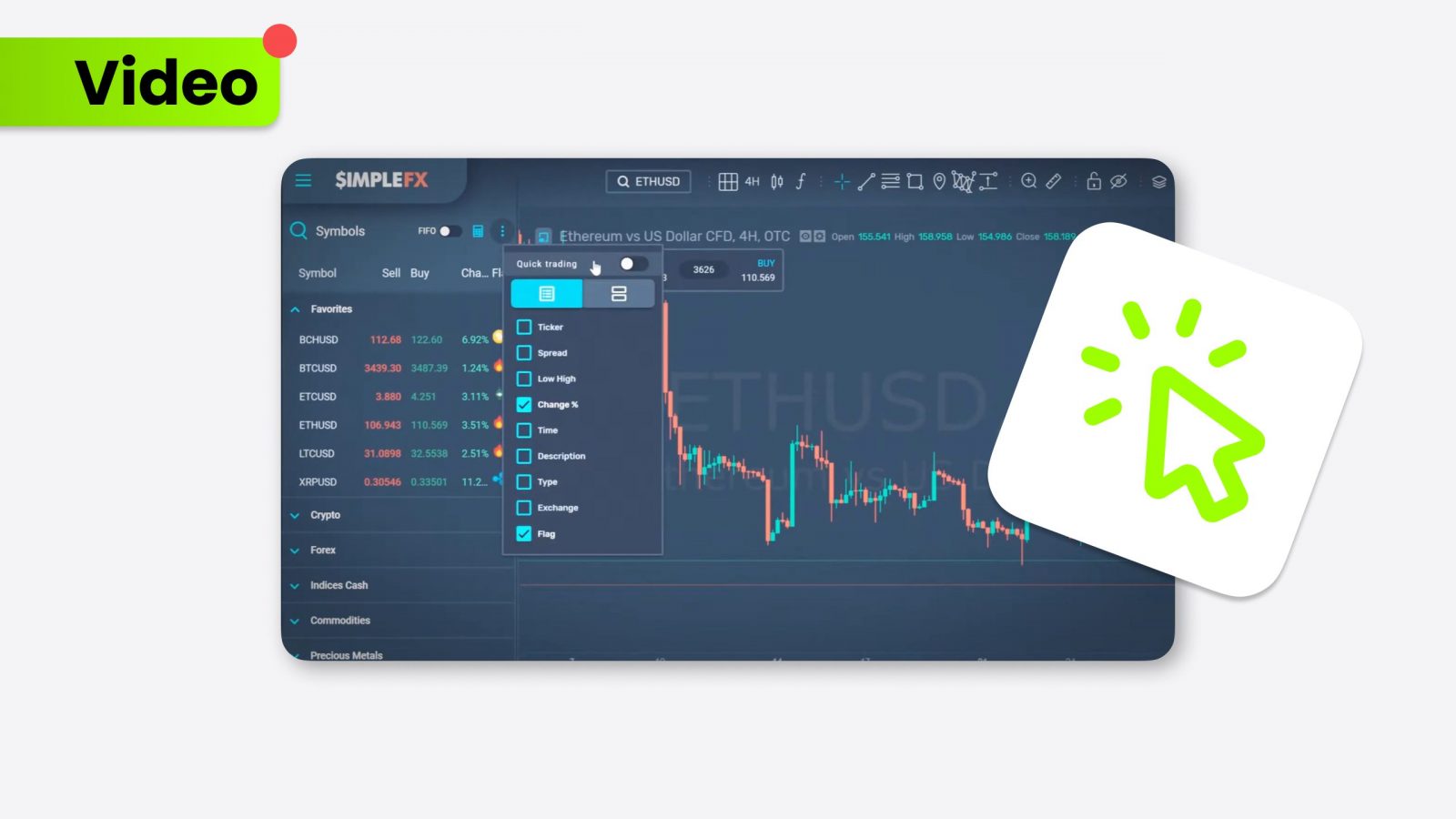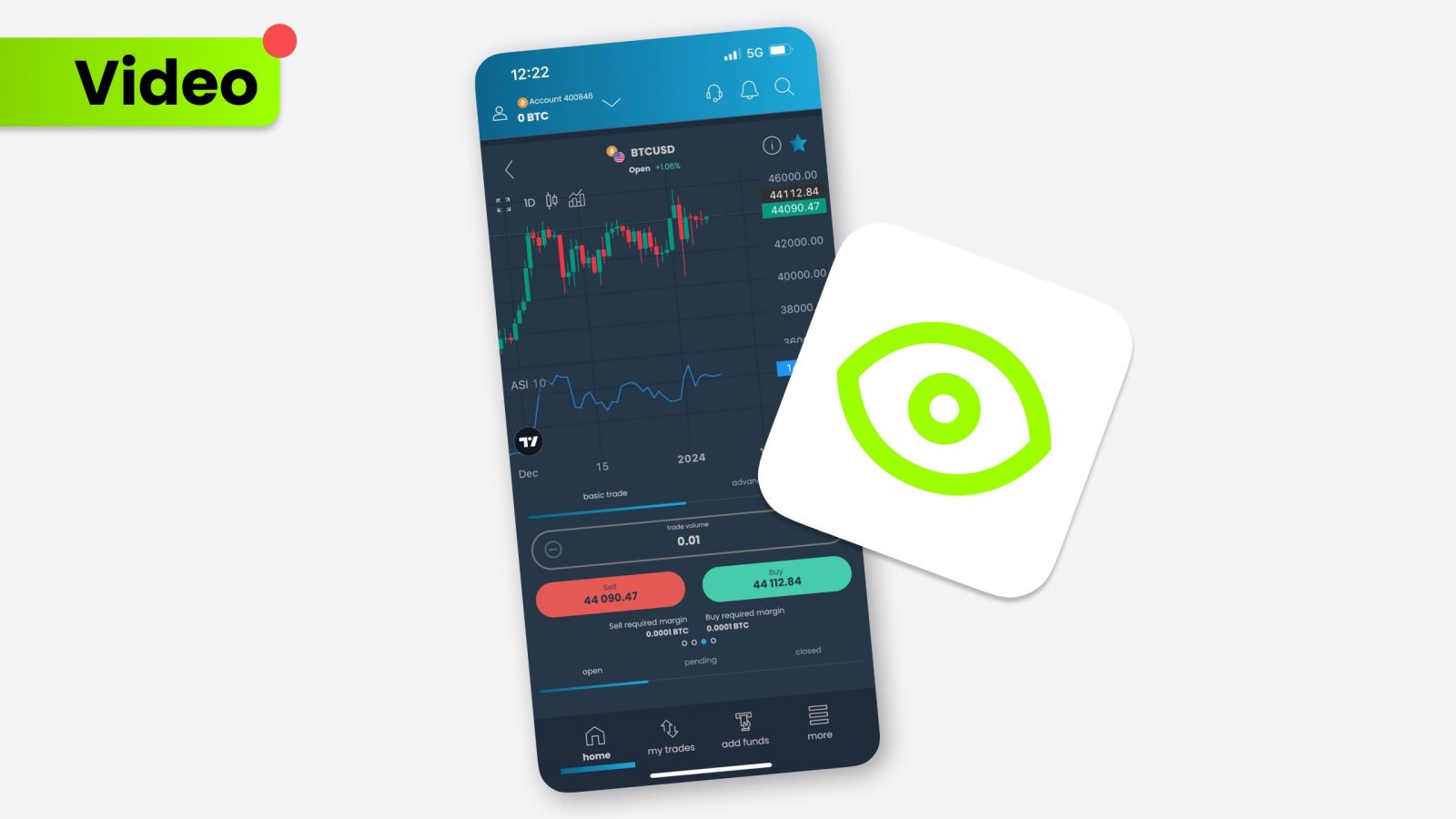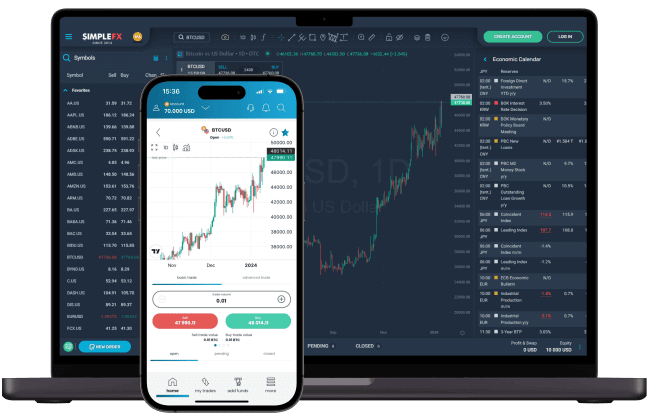The U.S. markets consistently react to presidential elections, reflecting the anticipation and uncertainty that accompany changes in administration. Let’s focus on the administrations of Obama, Trump, and Biden.
- Explore how the U.S. markets have historically reacted to presidential elections.
- Analyze the economic impacts during the Obama, Trump, and Biden administrations.
- Examine the market behavior during election years and its implications for future elections.
U.S. markets during different presidents
The markets have shown varying reactions to economic policies and global events during different presidencies and after the U.S. elections. Each administration’s approach to economic challenges, from financial crises to trade wars, has left a distinct imprint on the stock market and broader economic indicators.
Obama and the U.S. economy
Barack Obama’s presidency, from 2009 to 2017, began during the Great Recession. His administration implemented measures like the American Recovery and Reinvestment Act aimed at economic stabilization. During this period, U.S. equities, including the S&P 500, showed a strong recovery, reflecting confidence in the administration’s ability to manage the economic crisis. Obama’s presidency also saw the Federal Reserve (FED) maintain a policy of low interest rates, which fueled market growth and recovery. The U.S. Dollar also experienced relative stability, crucial for forex markets and international trade. The focus on stabilizing the economy also impacted the release of key economic indicators like the NFP (Non-Farm Payroll), which markets closely watch to gauge employment health.
Economy under Trump
Donald Trump, elected in 2016, brought a pro-business approach to the White House. His administration’s policies, including significant tax cuts and deregulation efforts, initially boosted American equities and indices like the Dow Jones and NASDAQ. However, Trump’s trade wars, particularly with China, introduced volatility, influencing forex trading, crypto markets, and commodities like oil. The U.S. Dollar experienced fluctuations due to these trade tensions, affecting global markets and inflation expectations. Additionally, the NFP reports during Trump’s presidency often reflected the impact of his policies on employment, which in turn affected market sentiment and trading activities.
Biden and the U.S. Economy
Joe Biden’s presidency, starting in 2021, faced the challenge of managing the economic fallout from the COVID-19 pandemic. His administration’s emphasis on infrastructure, clean energy, and social welfare has had mixed reactions from the markets. While American indices have generally performed well, the ongoing concerns about inflation and the FED’s monetary policy have created uncertainty. Biden’s economic policies, particularly those focusing on green energy and technology, have influenced sectors like equities, forex, and crypto, with the U.S. Dollar showing sensitivity to these policy directions. The NFP reports under Biden have shown fluctuating employment trends as the economy was recovering from the pandemic, influencing market expectations and strategies.
Trump vs. Biden: Economy under their presidencies
Comparing the economic policies of Trump and Biden reveals a stark contrast in their approaches. Trump’s policies centered on deregulation and tax cuts spurred market growth. Biden’s policies, on the other hand, focused on long-term economic recovery, infrastructure, and social equity. These differing approaches have influenced inflation, monetary policy, and overall market stability, with forex markets reacting to shifts in the U.S. Dollar’s strength under each administration. The performance of crypto markets under both presidencies has also reflected the broader economic policies, with investor sentiment swaying in response to regulatory expectations.
Kamala Harris on economy
Vice President Kamala Harris has significantly shaped the Biden administration’s economic agenda, particularly social justice and equitable economic growth. Her influence is evident in the administration’s focus on policies that address economic disparities, aiming to create a more inclusive economy. While her direct impact on market dynamics is less pronounced than Biden’s, Harris’s stance on labor rights, environmental sustainability, and economic equity could have long-term implications for market behavior and investor sentiment, especially in sectors related to green energy and social programs.
Election year: Stock market history
Election years in the U.S. are historically marked by increased market volatility as investors react to potential outcomes and policy shifts. The performance of American equities, such as those in the Dow Jones, NASDAQ, and S&P 500, often reflects this uncertainty. For instance, the stock market experienced significant fluctuations during the 2020 election, as the pandemic added unpredictability. Understanding these patterns is crucial for investors navigating the complexities of the forex, equities, and crypto markets during election cycles.
Historically, the S&P500 typically gains 7.4% in an election year. The first quarter is typically flat in performance, with a downward trend in early March that recovers by April. The situation looks much better in Q2, where the growth reaches 2.5% until the beginning of July. May remains a down month, following the saying “sell in May, and go away.” In the third quarter, the most robust gains occur in late July and last until early September, when everything collapses again. The index finds a bottom in late October, only to begin a Santa Claus rally from early November until the end of the year. To finish the proverb, “sell in May, and go away; always remember, come back in November.”
U.S. markets and elections: Conclusion
The intersection of U.S. elections and market reactions is a complex but critical study area for investors, economists, and policymakers. Analyzing past presidencies, particularly those of Obama, Trump, and Biden, provides valuable insights into how different economic policies can shape market outcomes. Understanding these dynamics will be essential for making informed decisions in a volatile market environment as we look to future elections.



